Take 100
An upcoming book culls the world’s best new film directors

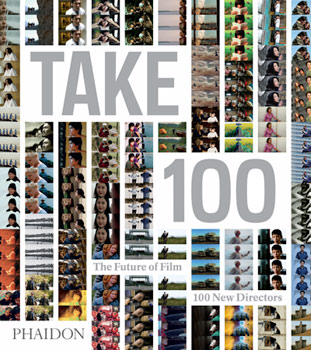
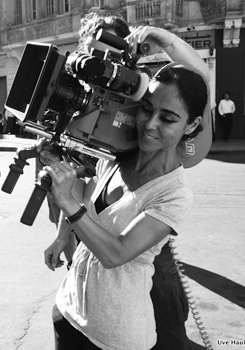
“Take 100: The Future of Film: 100 New Directors,” the newest installment in Phaidon’s “10 x 10” series (now in its tenth year), looks at 100 emerging directors. With a focus especially on the younger crowd, this international compendium impresses with both its length and exhaustive methods.
Like the other books in the series, a jury of 10 curators and other forces in global contemporary cinema—including Olivier Père, a former director of the Cannes Directors Fortnight; Kim Dong-Ho, director of the Pusan International Film Festival, South Korea; Sergio Wolf, director of the Buenos Aires Festival Internacional de Cine Independiente; Piers Handling and Cameron Bailey, co-directors of theToronto International Film Festival; Trevor Groth, director of the Sundance Film Festival in Park City, Utah; and Christopher Terhechte, director of the International Forum of New Cinema at the Berlin International Film Festival—chose the lucky 100.

Among the more mainstream picks is Judd Apatow and his “Funny People.” Pere says of the newest film, “Funny People is the film that perhaps best represents Apatow’s autiry, and his dialogue and actors blossom as well…the humor doesn’t arise from funny situations but from the characters’ views on life.”
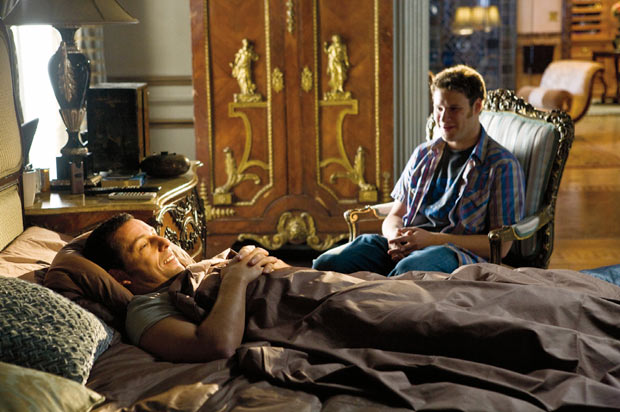
Bong Joon-ho‘s “The Host” surprised and amazed this side of the Pacific for its embrace and breakthrough of the conventional horror film. Both a crowd favorite and a critical darling, it triumphed with Joon-Ho’s unusual directorial voice.
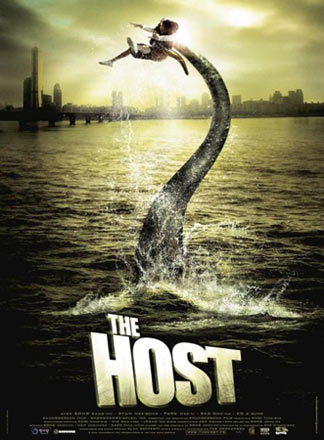

The Israeli flotilla attack serves as a fresh reminder of the ongoing war in the region, and Ari Folman‘s “Waltz With Bashir” looks at the conflict through stylized animated memoir. By approaching the subject with a reservoir of creativity, “Waltz With Bashir” becomes as much a commentary on “the contemporary world’s invasion of homogenous images” as the Lebanon War of the director’s youth.

Fashion transplant Tom Ford used his extensive design experience to furnish “A Single Man” with both the furniture and the emotional texture: “far from a superficial flourish, the surge of colors that are periodically unleashed on the muted palette bring us deeper into George’s mind and heart,” writes Müller.

Like Ford, Miranda July‘s Renaissance-man approach to art began with plays and writing before expanding into her debut feature “Me And You And Everyone We Know.” The quiet love story displays her mature filmic voice that is “playful, willful and wise,” as Bailey and Handling put it.
Also a female director with an art background, Shirin Neshat‘s “Women Without Men” uses another groundbreaking historical event—the Iranian Revolution—to reexamine women in the Muslim society and challenge Western preconceptions. Neshat’s photographic background and Iranian childhood deeply informs the resulting portrait of four women.

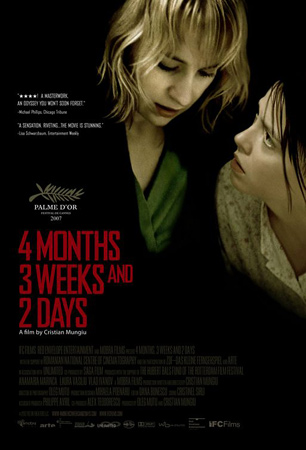
By contrast, Rian Johnson‘s “Brick” used a scrappy set that often mirrored the plot’s seeming confusion to stitch together a Raymond Chandler murder mystery for the 21st century.
The bleak life of a woman seeking an illegal abortion in Romania, “4 Months, 3 Weeks and 2 Days” made complex by Cristian Mungiu, who suggests “a people and a society torn between entrapment and escape.”
With a layout incorporating film stills, dialogue and production photos to provide a window into each film, Take 100 makes a good companion for cinephiles of all stripes. Pre-order it from Amazon or Phaidon prior to the 30 June 2010 release.
Images courtesy of Phaidon Press, from the book “TAKE 100:
The Future of Film.”












